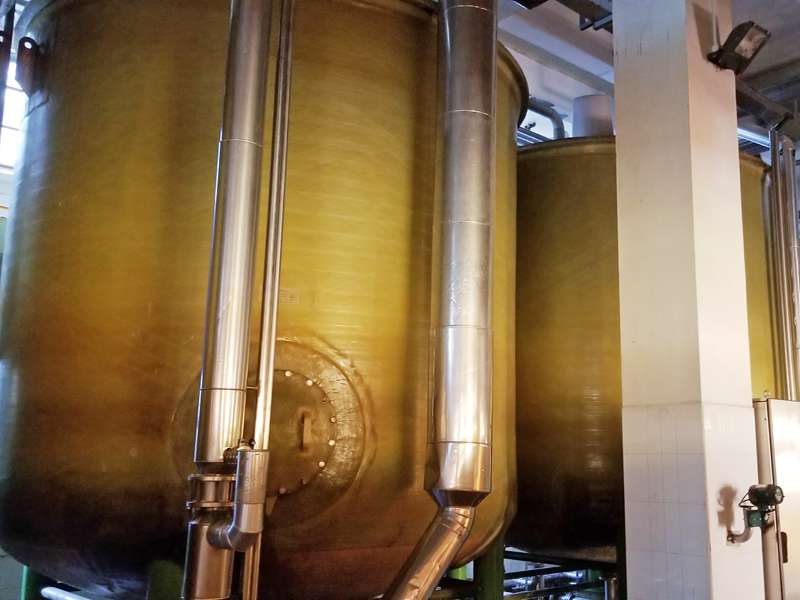
-
 Afrikaans
Afrikaans -
 Albanian
Albanian -
 Amharic
Amharic -
 Arabic
Arabic -
 Armenian
Armenian -
 Azerbaijani
Azerbaijani -
 Basque
Basque -
 Belarusian
Belarusian -
 Bengali
Bengali -
 Bosnian
Bosnian -
 Bulgarian
Bulgarian -
 Catalan
Catalan -
 Cebuano
Cebuano -
 China
China -
 China (Taiwan)
China (Taiwan) -
 Corsican
Corsican -
 Croatian
Croatian -
 Czech
Czech -
 Danish
Danish -
 Dutch
Dutch -
 English
English -
 Esperanto
Esperanto -
 Estonian
Estonian -
 Finnish
Finnish -
 French
French -
 Frisian
Frisian -
 Galician
Galician -
 Georgian
Georgian -
 German
German -
 Greek
Greek -
 Gujarati
Gujarati -
 Haitian Creole
Haitian Creole -
 hausa
hausa -
 hawaiian
hawaiian -
 Hebrew
Hebrew -
 Hindi
Hindi -
 Miao
Miao -
 Hungarian
Hungarian -
 Icelandic
Icelandic -
 igbo
igbo -
 Indonesian
Indonesian -
 irish
irish -
 Italian
Italian -
 Japanese
Japanese -
 Javanese
Javanese -
 Kannada
Kannada -
 kazakh
kazakh -
 Khmer
Khmer -
 Rwandese
Rwandese -
 Korean
Korean -
 Kurdish
Kurdish -
 Kyrgyz
Kyrgyz -
 Lao
Lao -
 Latin
Latin -
 Latvian
Latvian -
 Lithuanian
Lithuanian -
 Luxembourgish
Luxembourgish -
 Macedonian
Macedonian -
 Malgashi
Malgashi -
 Malay
Malay -
 Malayalam
Malayalam -
 Maltese
Maltese -
 Maori
Maori -
 Marathi
Marathi -
 Mongolian
Mongolian -
 Myanmar
Myanmar -
 Nepali
Nepali -
 Norwegian
Norwegian -
 Norwegian
Norwegian -
 Occitan
Occitan -
 Pashto
Pashto -
 Persian
Persian -
 Polish
Polish -
 Portuguese
Portuguese -
 Punjabi
Punjabi -
 Romanian
Romanian -
 Russian
Russian -
 Samoan
Samoan -
 Scottish Gaelic
Scottish Gaelic -
 Serbian
Serbian -
 Sesotho
Sesotho -
 Shona
Shona -
 Sindhi
Sindhi -
 Sinhala
Sinhala -
 Slovak
Slovak -
 Slovenian
Slovenian -
 Somali
Somali -
 Spanish
Spanish -
 Sundanese
Sundanese -
 Swahili
Swahili -
 Swedish
Swedish -
 Tagalog
Tagalog -
 Tajik
Tajik -
 Tamil
Tamil -
 Tatar
Tatar -
 Telugu
Telugu -
 Thai
Thai -
 Turkish
Turkish -
 Turkmen
Turkmen -
 Ukrainian
Ukrainian -
 Urdu
Urdu -
 Uighur
Uighur -
 Uzbek
Uzbek -
 Vietnamese
Vietnamese -
 Welsh
Welsh -
 Bantu
Bantu -
 Yiddish
Yiddish -
 Yoruba
Yoruba -
 Zulu
Zulu
grp flange
Understanding GRP Flange A Composite Solution for Modern Engineering
In today's rapidly evolving industrial landscape, the materials used in construction, manufacturing, and engineering play a crucial role in ensuring efficiency, longevity, and sustainability. One such innovative material that has gained significant traction is the Glass Reinforced Plastic (GRP), particularly in the form of GRP flanges. This article delves into the attributes, applications, and advantages of GRP flanges, showcasing why they have become an indispensable component in various industries.
What is GRP?
Glass Reinforced Plastic, also known as fiberglass, is a composite material made from a polymer matrix reinforced with glass fibers. This composition grants GRP exceptional strength, lightweight properties, resistance to corrosion, and durability when compared to traditional materials like metal and wood. Due to these advantages, GRP is increasingly utilized in structural and piping applications, particularly where environmental conditions might lead to deterioration of other materials.
The Role of GRP Flanges
Flanges are vital components in piping systems, serving as connectors that allow different sections of piping to be joined securely. GRP flanges are specifically designed to provide effective seals in various environments, making them ideal for use in chemical processing, wastewater treatment, and other systems that require robust and reliable connections. They can be manufactured in a range of sizes and configurations, ensuring compatibility with existing systems.
Benefits of GRP Flanges
1. Corrosion Resistance One of the standout features of GRP flanges is their resistance to corrosive agents. Unlike metal flanges that may rust or degrade over time, GRP flanges maintain their integrity in the presence of acids, alkalis, and other harsh chemicals. This characteristic greatly reduces maintenance costs and extends the lifespan of the piping systems.
grp flange

2. Lightweight The lightweight nature of GRP flanges simplifies handling and installation. This ease of use not only saves labor costs but also decreases the risk of injury associated with heavy lifting in industrial environments.
3. Thermal Insulation GRP flanges have excellent thermal insulating properties, making them suitable for applications where temperature regulation is critical. They can effectively minimize heat loss or gain in piping systems, enhancing overall energy efficiency.
4. Environmental Impact As industries shift towards more sustainable practices, the use of GRP flanges aligns with environmental goals. Their durability leads to lower replacement rates, and many GRP products can be recycled at the end of their lifecycle.
Applications of GRP Flanges
GRP flanges are used across a broad spectrum of industries. In the chemical sector, they facilitate safe transport of corrosive substances. In water treatment facilities, they connect pipes that carry influent and effluent, ensuring the system operates effectively without leaks. Moreover, in construction, GRP flanges are used in various structural applications where traditional materials may fall short.
Conclusion
As the demand for advanced materials continues to grow, GRP flanges stand out as a formidable solution. Their unique properties not only meet the challenges of modern engineering but also contribute to a more sustainable future. Industries that prioritize efficiency, safety, and environmental responsibility will find GRP flanges an excellent choice for their piping and structural needs.









